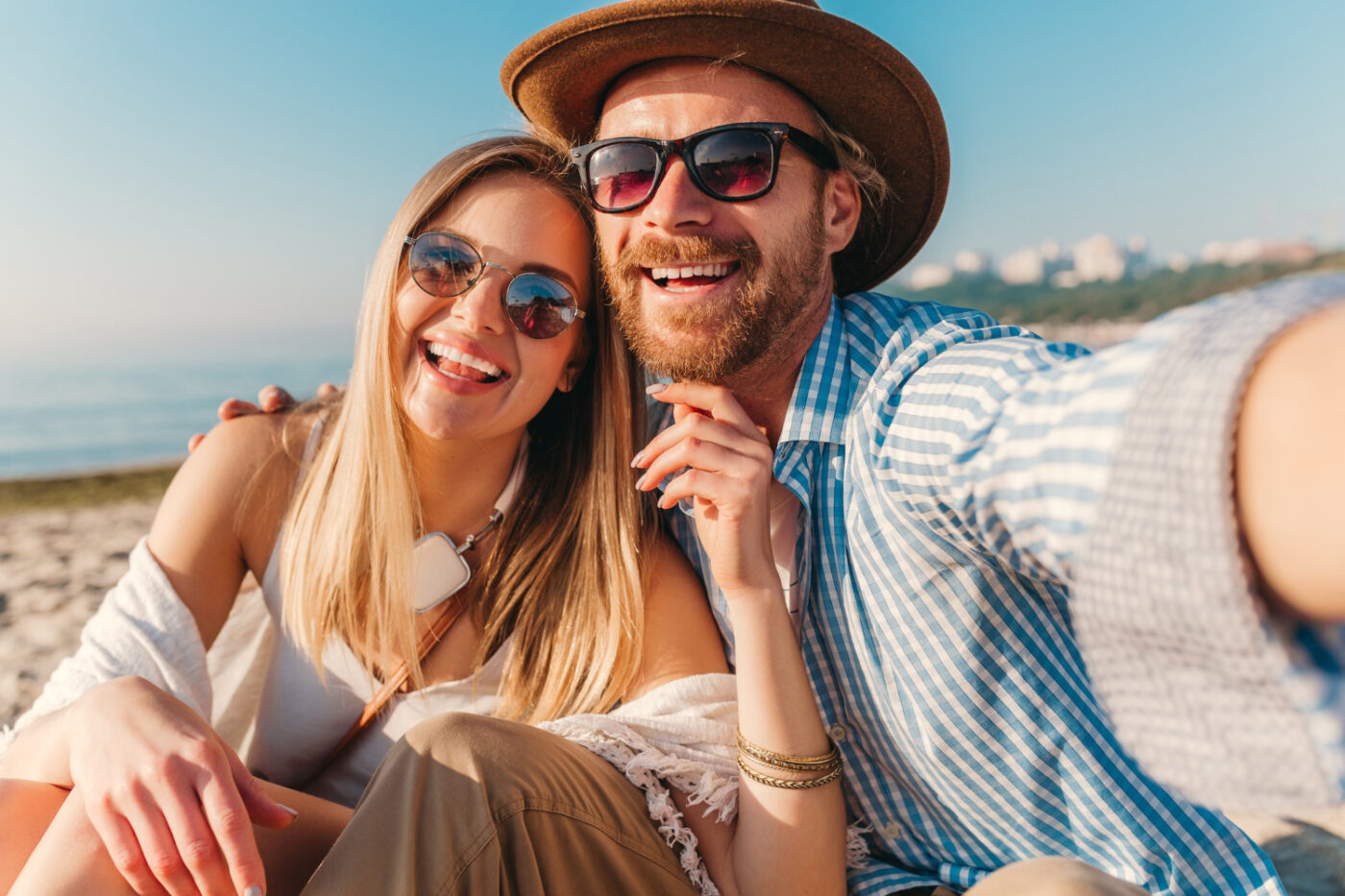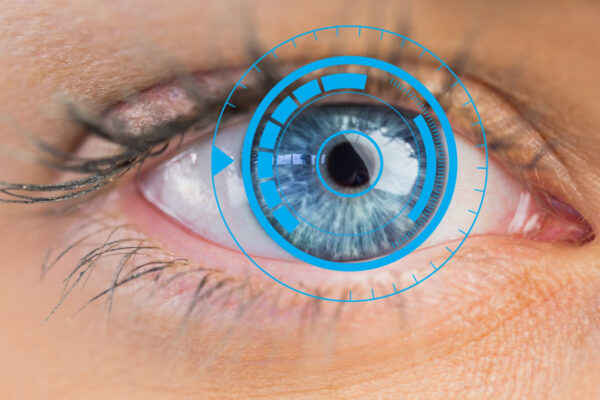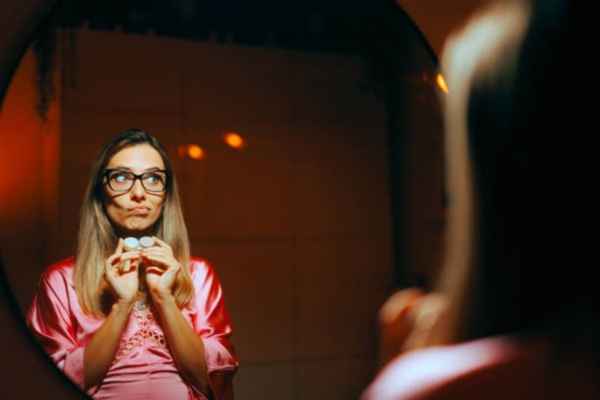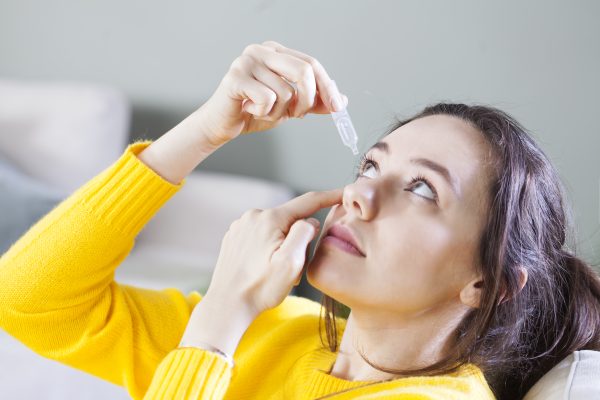Most popular summer pastimes involve spending time in the sun, whether you’re at the pool, a ballgame, or tending to your garden on a sunny afternoon. While you’re busy enjoying your favorite summer activities, it’s equally important to consider eye protection from the sun. Ultraviolet (UV) light from the sun can cause short-term damage, and extended exposure to UV light is a key contributor to many common vision problems.
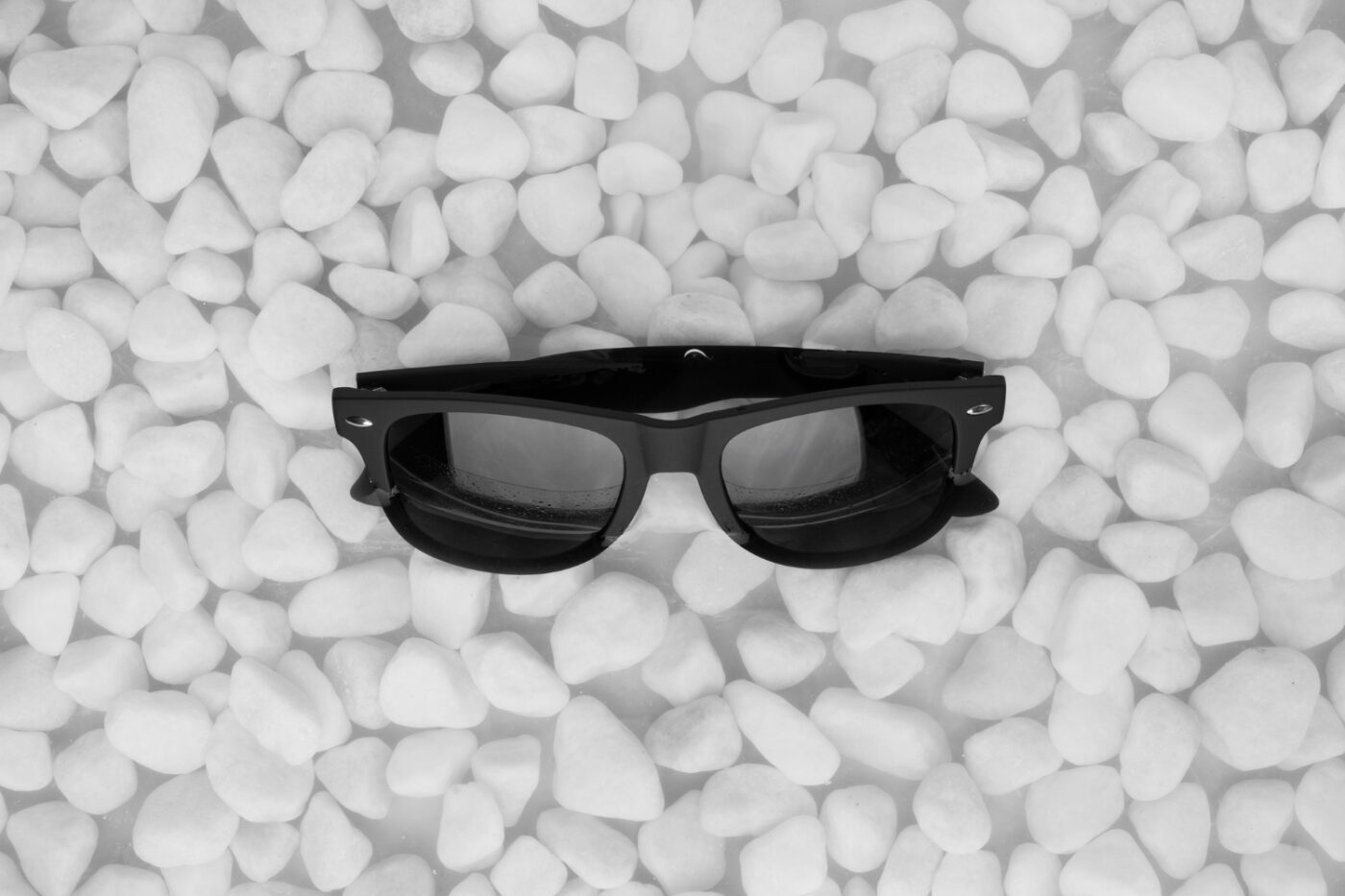
Sun Eye Protection Outdoors
One of the biggest misconceptions about summer is that a cloudy day means you’re safe from the dangerous side effects of the sun’s rays. In truth, eye protection is just as important on cloudy days, because plenty of light still makes it through clouds. The same goes for cooler than average summer days. Cooler air may make sunlight feel less intense, but it doesn’t lower the risk that comes from UV light. During the summer, it’s always better to play it safe with your eye health by using adequate sun eye protection.
- UV-Blocking Sunglasses – Sunglasses come in many styles, and keeping a pair handy is a great decision year-round. The American Academy of Ophthalmology recommends choosing sunglasses that are labeled “100 percent UV protection,” and lenses that provide coverage for your whole eye. The good news is that you don’t have to spend big money to get the necessary UV protection, as plenty of lower-priced options do the job just fine.
- Don’t Forget a Hat – In addition to providing added eye protection, a broad-brimmed hat helps keep direct sunlight off of your face. While a baseball-style cap doesn’t provide quite the same level of eye protection, it’s still a solid option. It’s important to remember, however, that a hat isn’t a substitute for UV-protection sunglasses. It’s best to have both on hand, especially if you’ll be spending long hours in the sun.
- Eye Protection While Swimming – Spending time in the pool, lake, or ocean is a fun way to cool off in the summer, and it’s wise to protect your eyes whenever you take a dip. Some swimming goggles offer UV protection, and help keep the water out of your eyes in addition to protecting from sunlight. Remember that if you wear contacts, it’s best to take them out before going for a swim.
- Caring for Kids – Children can be especially vulnerable to the effects of UV light because they not only tend to spend more time outdoors, but they don’t understand the danger of the sun’s rays, so be sure your little ones have ample eye protection. Sunglasses, a hat, and sunscreen work well for children, too, so the trick is simply getting your kids to use them regularly. It’s worth the effort.
- Planning Your Day – If you’re planning an outdoor activity, the morning or late afternoon are both better than midday. The sun is at its strongest during the midday hours, from 12 o’clock to early afternoon. In addition to helping you avoid the strongest UV light, planning for the right time of day will typically keep you out of the most intense summer heat.
Protecting your eyes when outdoors should be a priority throughout the entire year, especially during the summer months. It will require few, if any, changes to your routine, and it really does make a difference. Keeping a wide-brimmed hat and a pair of sunglasses in your vehicle is a great way to ensure that you’ll have ample eye protection, no matter where your favorite outdoor activities take you.
Source:
The heat is on: Ensure patients’ protective eyewear is, too. (n.d.). AOA. https://www.aoa.org/news/clinical-eye-care/health-and-wellness/protecting-patients-eye-summer?sso=y
Categories:
